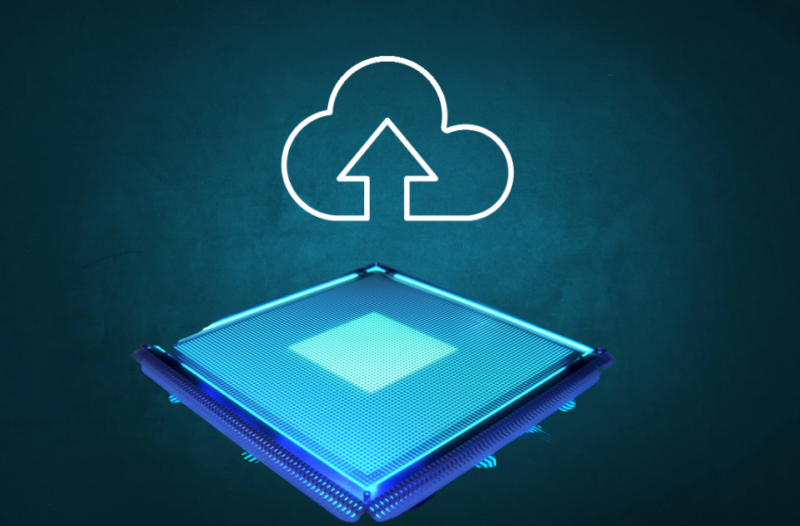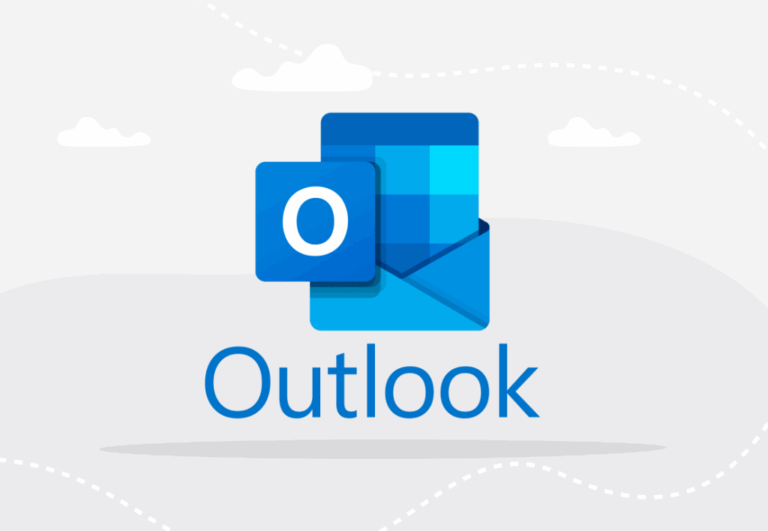Cloud, or fog, computing was the first network infrastructure on the scene that enabled data storage over the internet and made it accessible from any device connected to the internet. Cloud computing, in turn, enabled edge computing, which utilizes the cloud concept, but brings the data closer to the end user, decreasing latency, improving speed, and creating wholly new opportunities for digital transformation across industries and our daily lives.
What is Cloud Computing?

In a cloud computing architecture, all data is gathered and processed in a centralized location, usually in a data center. All devices that need to access this data or use applications associated with it must first connect to the cloud.
Since everything is centralized, the cloud is generally easy to secure and control while still allowing for reliable remote access. Public cloud services such as Microsoft Azure, Amazon Web Services, and Google Cloud provide tremendous benefits for organizations that use a traditional client/server network.
By storing assets and information in a centralized cloud, they ensure that authorized users can access the information and tools they need from anywhere at any time.
Pros and Cons

While the cloud revolutionized the way we handle data and the way businesses were able to provide applications and services to their customers, it comes with limitations as well. First, the centralized nature of cloud computing makes it difficult to process data gathered from the edge of the network quickly and effectively.
What the cloud lacks in speed, however, it makes up for in power and capacity. Since cloud computing is based upon a scalable data center infrastructure, it can expand its storage and processing capacity as needed.
This scalability is a huge benefit for small businesses looking to expand quickly. In fact, some Australian marketing experts, like Due North, recommend cloud computing options to their customers as their businesses grow. Cloud computing allows for a level of large-scale data analysis that simply isn’t possible at the edge of the network.
With its unparalleled storage and processing potential, the cloud can gather massive amounts of data and analyze it in a variety of ways to produce valuable insights, trends, and solutions. The data analysis capabilities of cloud computing have even allowed artificial intelligence and machine learning to become more viable.
Cloud computing will continue to be a valuable resource for more traditional data center infrastructures. While IoT devices represent an exciting new frontier in the tech industry, not all businesses will see much benefit from moving their assets to the edge of the network.
The various “as a service” providers, for instance, can provide better service and security by hosting their products in a centralized cloud.
What is Edge Computing?

Edge computing harnesses the concept of the cloud, in that the servers connect to the user via the internet, but it shifts the servers closer to the end user. The “edge” in this case, refers to the edges of high-density population centers and the “edges” of networks, the outer periphery of both.
Pros and Cons
As Internet of Things (IoT) devices become more common and incorporate more processing power, a vast amount of data is being generated on the outer “edge” of computing networks. Traditionally, the data produced by IoT devices is relayed back to a central network server, usually housed in a data center.
Once that data is processed, further instructions are sent back to the devices out on the edge of the network. However, this more traditional setup creates a lot of issues with speed and latency. Edge computing offers a solution to the latency problem by relocating crucial data processing to the edge of the network.
Rather than constantly delivering data back to a central server, edge-enabled devices can gather and process data in real-time, allowing them to respond faster and more effectively. When used in tandem with edge data centers, edge computing is a versatile approach to network infrastructure that takes advantage of the abundant processing power afforded by the combination of modern IoT devices and edge data centers.
However, one major limitation of edge devices is that they only accumulate locally collected data, it is difficult for them to utilize any kind of “big data” analytics. As more and more content providers get into the streaming business, it can be difficult for network infrastructure to keep up with consumer demands.
Edge caching, which allows content providers like Netflix and Amazon Prime to cache popular content in edge facilities located closer to end users for quick and speedy access, will help these companies expand services without compromising their current performance.
Which is Best for Your Business?

Fortunately, choosing to emphasize edge or cloud computing isn’t an “either/or” proposition. As IoT devices become more widespread and powerful, organizations will need to implement effective edge computing architectures to leverage the potential of this technology.
By incorporating edge computing with centralized cloud computing (a network infrastructure sometimes called fog computing), companies can maximize the potential of both approaches while minimizing their limitations. Many of them will seek to do this by collaborating their IT infrastructure with a data center.
Considering that all people, machines, and things are expected to generate a staggering 2.5 quintillion bytes of data daily, storage concerns aren’t likely to disappear anytime soon. Further, estimates suggest that IoT devices alone will account for 79.4 zettabytes of data over the next year.
However, it’s worth noting that the edge is not just about IoT. In fact, edge computing potentials extend well into the application market space and any streaming technologies.
If your business or organization intends to introduce an application that relies on data and information, partnering with a data center that is capitalizing on edge capabilities is a smart move. By combining the data-gathering potential of edge computing with the storage capacity and processing power of the cloud, companies can keep their applications and IoT devices running quickly and efficiently without sacrificing valuable analytical data that could help them improve services and drive innovation.
The future of network infrastructure is unlikely to be found solely on the edge or in the cloud, but rather somewhere in between the two. As companies seek to transform and become more effective at incorporating these two models, they will surely find new ways to get the most out of their respective advantages and use them to overcome their weaknesses.
FAQs
What is the primary difference between cloud computing and edge computing?
While both involve data processing and storage, cloud computing centralizes data in data centers, whereas edge computing processes data closer to the data source or “edge” of the network.
Is edge computing replacing cloud computing?
No, edge computing complements cloud computing. They can work together in a model known as fog computing to maximize the benefits of both.
How does edge computing benefit IoT devices?
Edge computing reduces latency for IoT devices by processing data closer to the source, allowing for real-time data processing and faster response times.
Are there security concerns with edge computing?
Like any technology, edge computing presents its own set of security challenges. Since data is processed on local devices, there’s a need for robust security measures at the device level.
How does scalability differ between cloud and edge computing?
Cloud computing is known for its scalability in storage and processing capacity. Edge computing, on the other hand, is more about real-time processing and may not scale in the same way as cloud solutions.
What is fog computing?
Fog computing is a hybrid approach that combines the principles of cloud and edge computing. It allows for data processing both centrally (in the cloud) and at the edge of the network.
Can small businesses benefit from edge computing?
Yes, especially if they use IoT devices or require real-time data processing. Edge computing can offer faster response times and reduced latency.
Final Words
The digital landscape is evolving, with cloud and edge computing leading the way. While cloud computing offers centralized storage and vast processing power, edge computing brings data processing closer to the source for real-time actions.
Businesses don’t have to choose one over the other; instead, they can harness the strengths of both to drive innovation and efficiency. As technology continues to advance, the synergy between cloud and edge will undoubtedly shape the future of digital transformation.








